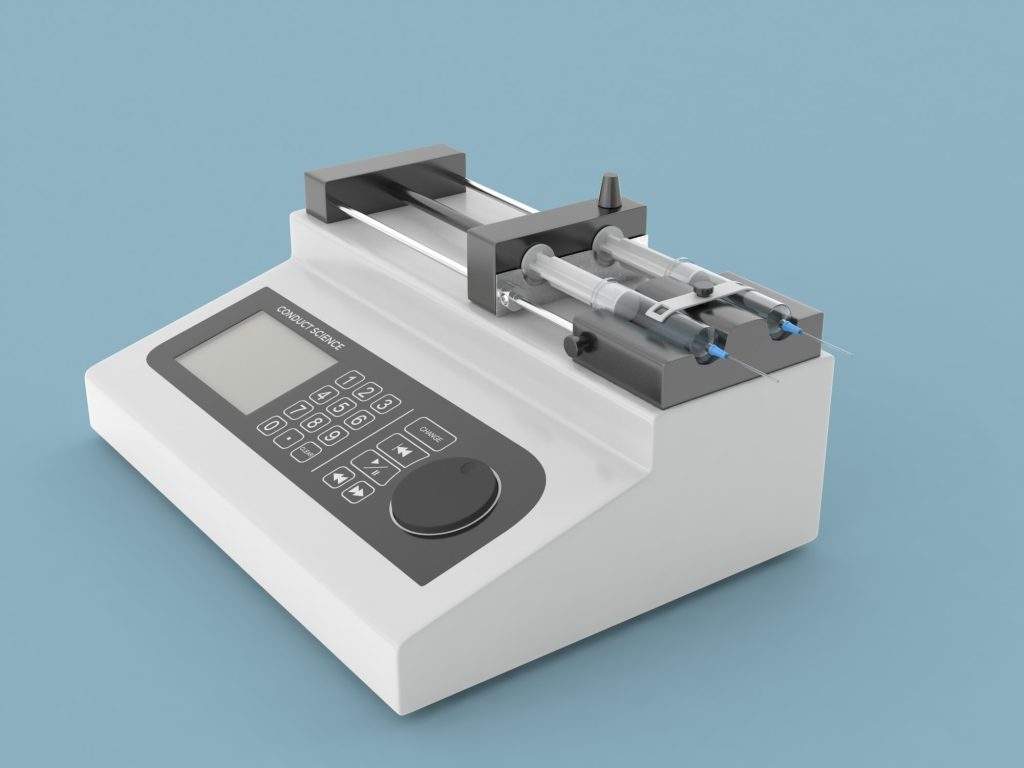

Introducing the infusion pump, a sophisticated device designed to precisely control the infusion rate of fluids.[1] In laboratory settings, infusion pumps play a critical role in various applications, ranging from drug delivery to intravenous fluid administration. ConductScience’s comprehensive guide aims to demystify the setup and usage of infusion pumps in laboratory and animal environments.
Setting up an infusion pump requires meticulous attention to detail to ensure proper functionality and accuracy in fluid delivery. We’re giving you steps for a seamless setup process:
Once the infusion pump is set up, using it effectively involves understanding its operation and making necessary adjustments as required. ConductScience gives you the guidelines for optimal usage:
Understanding the intricacies of infusion pumps is essential for safe and effective use. Here are some key considerations:
Infusion pumps come in various types, each suited to specific applications and settings. Some common types include:
Infusion pumps are indispensable tools in laboratory environments, offering precise control over fluid delivery for a wide range of experimental applications. By mastering the setup and usage of infusion pumps, researchers can enhance the accuracy, efficiency, and safety of their procedures. However, it’s crucial to remain vigilant, stay informed about advancements in infusion pump technology, and adhere to best practices to ensure optimal outcomes for both patients and experimental subjects.
Have you ever asked yourself what’s the difference between a Syringe and an Infusion Pump? Check out our blog post at https://conductscience.com/what-is-the-difference-between-a-syringe-pump-and-an-infusion-pump/ to find out!

Vanja works as the Social Media and Academic Program Manager at Conduct Science. With a Bachelor's degree in Molecular Biology and Physiology and a Master's degree in Human Molecular Biology, Vanja is dedicated to sharing scientific knowledge on social media platforms. Additionally, Vanja provides direct support to the editorial board at Conduct Science Academic Publishing House.
